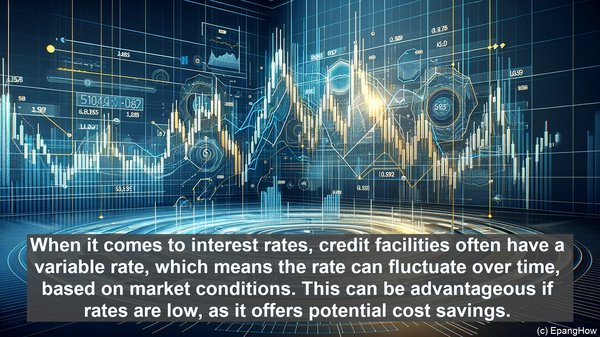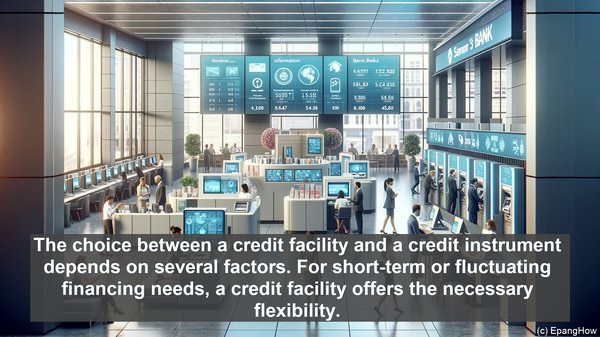Introduction: The Essence of Credit
Before diving into the specifics, let’s establish a foundational understanding of credit. In essence, credit refers to the provision of funds or resources by one party to another, with the expectation of repayment over time. This fundamental concept underpins both credit facilities and credit instruments.
Credit Facility: A Versatile Financing Option
A credit facility, in its broadest sense, is an arrangement that allows an individual or an entity to access a predetermined amount of funds from a financial institution. It serves as a flexible source of financing, as the borrower can draw from the facility as and when needed, up to the specified limit. Credit facilities can take various forms, such as revolving credit lines, overdraft facilities, or even term loans.
Credit Instrument: The Documentation of Debt
While a credit facility represents the actual availability of funds, a credit instrument is the legal documentation that formalizes the debt. It outlines the terms and conditions of the borrowing, including the principal amount, interest rate, repayment schedule, and any associated fees. Common examples of credit instruments include promissory notes, bonds, and loan agreements.

Key Distinctions: Purpose and Structure
One of the primary distinctions between a credit facility and a credit instrument lies in their purpose. A credit facility is designed to provide ongoing access to funds, often for operational or working capital needs. On the other hand, a credit instrument is typically utilized for a specific purpose, such as financing a capital expenditure or a large-scale project. In terms of structure, a credit facility is more fluid and dynamic. The borrower can draw, repay, and redraw funds within the predetermined limit, as long as they adhere to the agreed terms. In contrast, a credit instrument has a fixed structure, with specific repayment milestones and a defined end date.

Interest and Costs: Variations and Considerations
When it comes to interest rates, credit facilities often have a variable rate, which means the rate can fluctuate over time, based on market conditions. This can be advantageous if rates are low, as it offers potential cost savings. In contrast, credit instruments may have a fixed interest rate, providing certainty in terms of repayment amounts. In addition to interest, both credit facilities and credit instruments may have associated costs, such as origination fees, commitment fees, or annual charges. These costs can vary depending on the type and size of the facility or instrument, as well as the borrower’s creditworthiness.
Decision Factors: Choosing the Right Option
The choice between a credit facility and a credit instrument depends on several factors. For short-term or fluctuating financing needs, a credit facility offers the necessary flexibility. It allows the borrower to manage cash flows efficiently, with the ability to access funds when required. On the other hand, for longer-term or specific-purpose requirements, a credit instrument provides a structured approach, ensuring the funds are utilized as intended. Other considerations include the cost implications, the borrower’s credit profile, and the overall financial strategy of the individual or entity.
